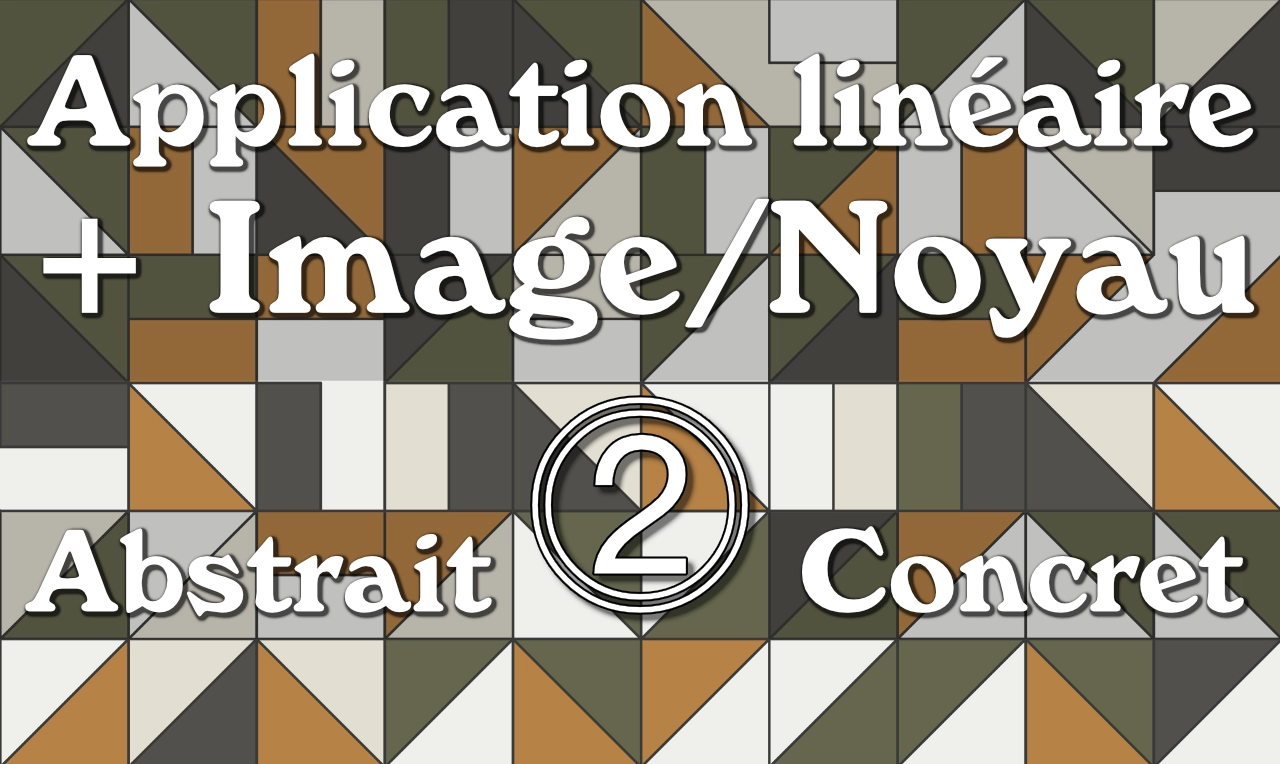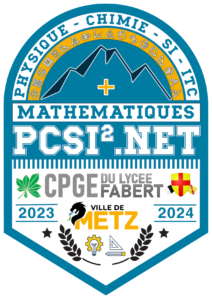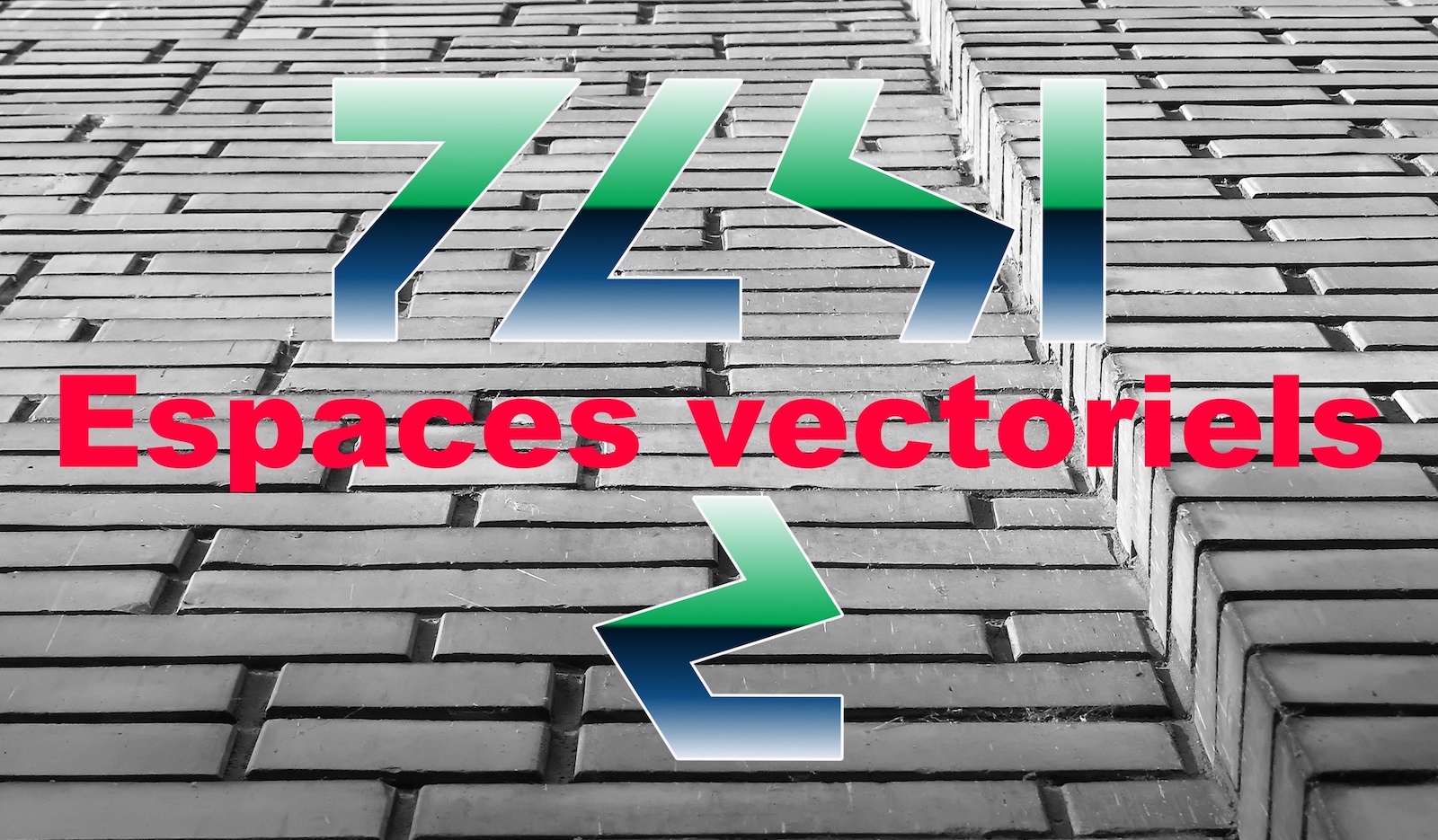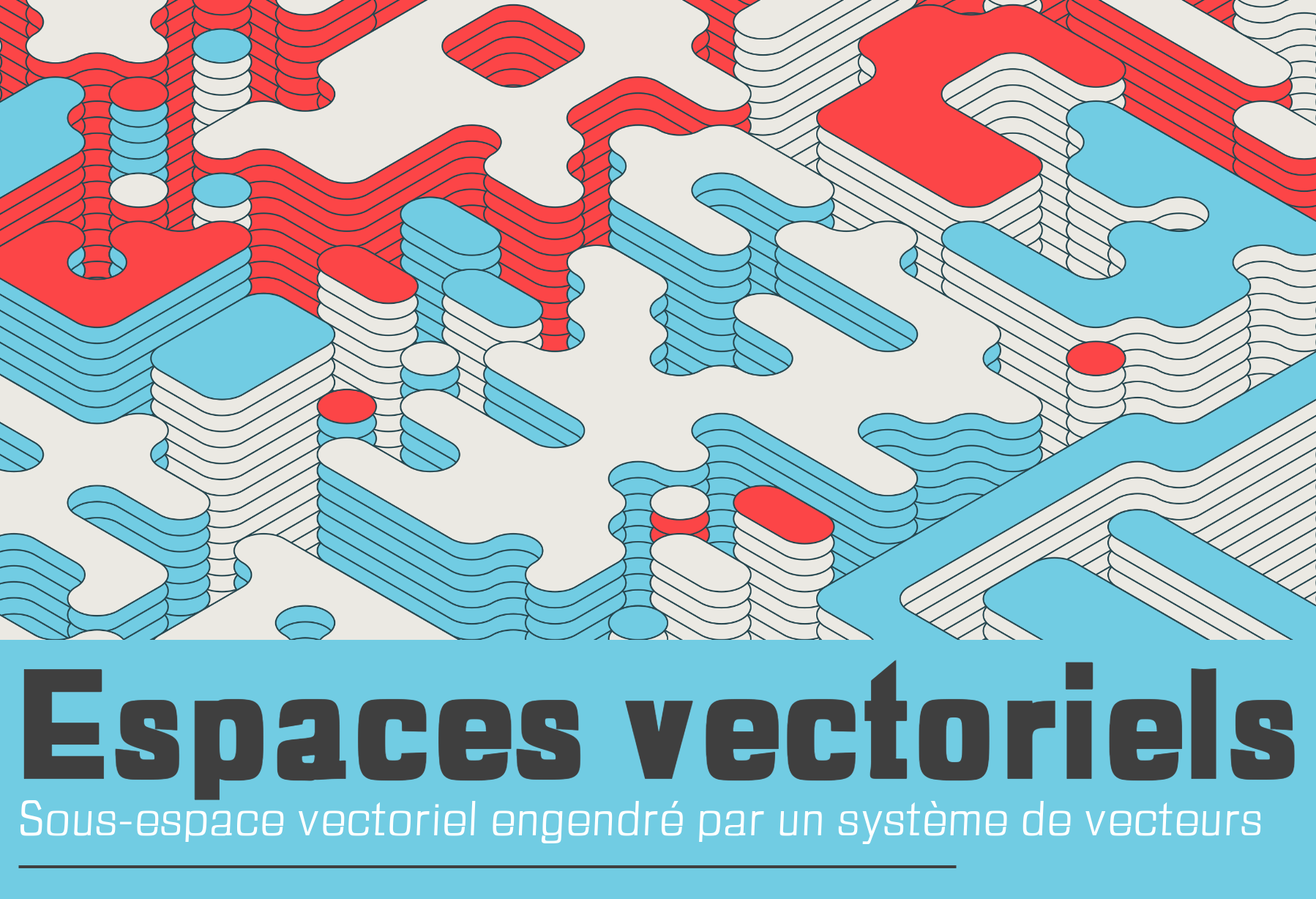
Savoir faire : CONCRET : déterminer le noyau et l’image d’une application linéaire [ici, un endomorphisme de \(\mathbb{R}^2\)] + ABSTRAIT : stabilité du noyau et de l’image lorsque 2 endomorphismes commutent
Exercice : On considère l’application \(f: \mathbb{R}^2 \rightarrow \mathbb{R}^2\), \((x, y) \mapsto(4 x-6 y, 2 x-3 y) \)
Montrer que \(f\) est un projecteur de \(\mathbb{R}^2\). Préciser son image et son noyau.
Exercice : Soit \(E\) un \(\mathbb{K}\)-espace vectoriel. On considère \(f\) et \(g\) deux endomorphismes de \(E\) vérifiant\[
f \circ g\underset{(*)}{=}g \circ f
\] Montrer que \(\operatorname{Ker} f\) et \(\operatorname{Im} f\) sont stables par \(g\).





